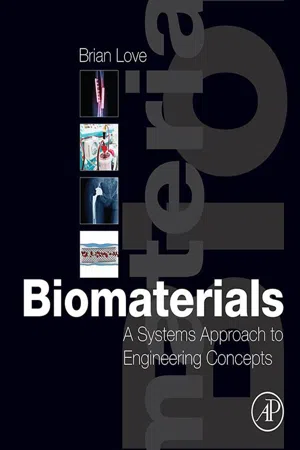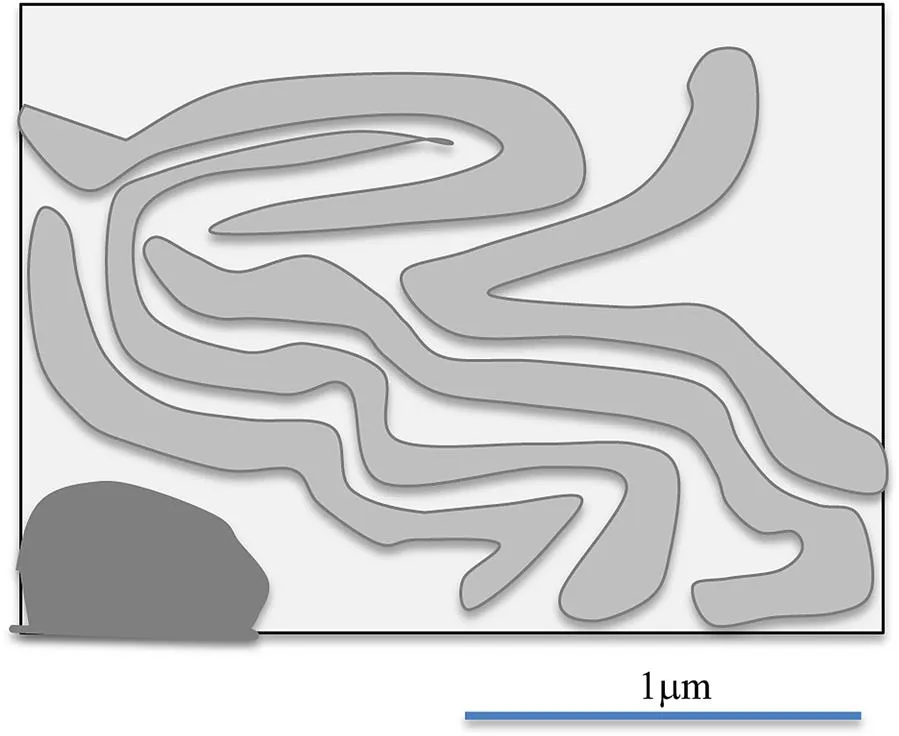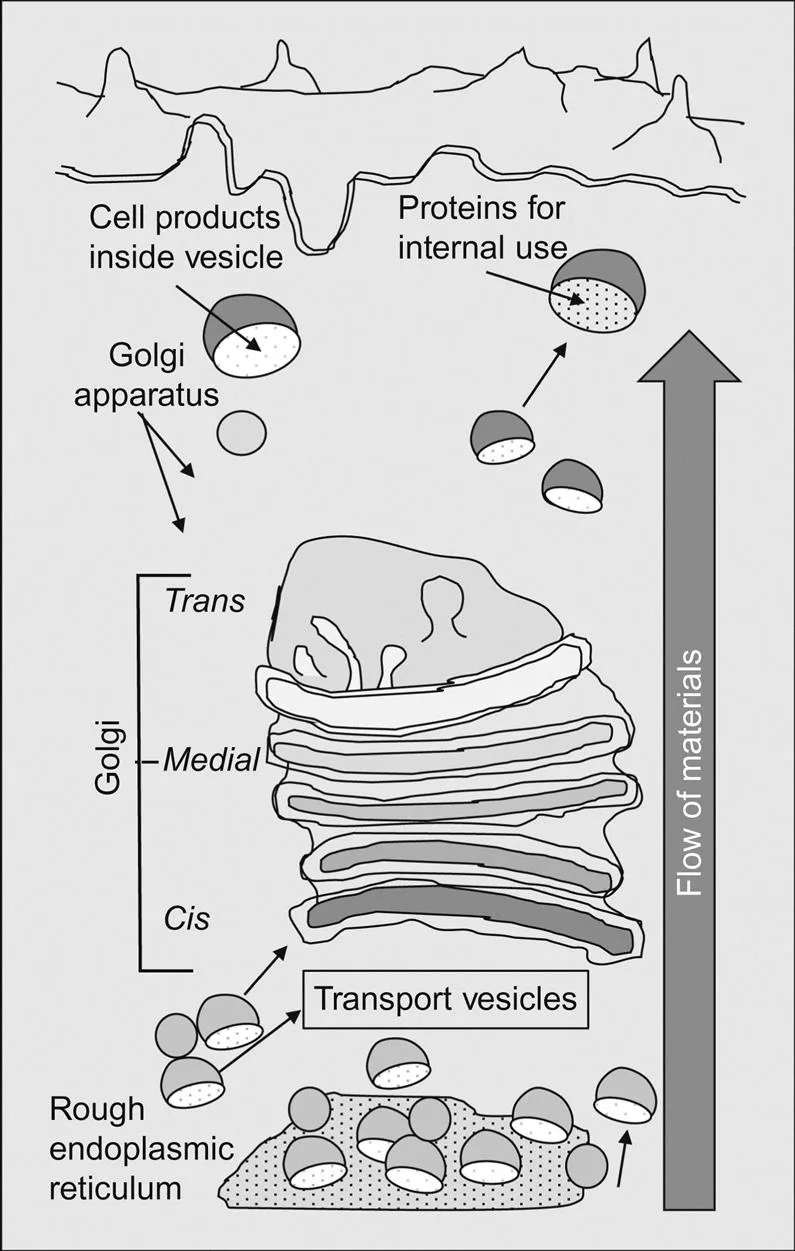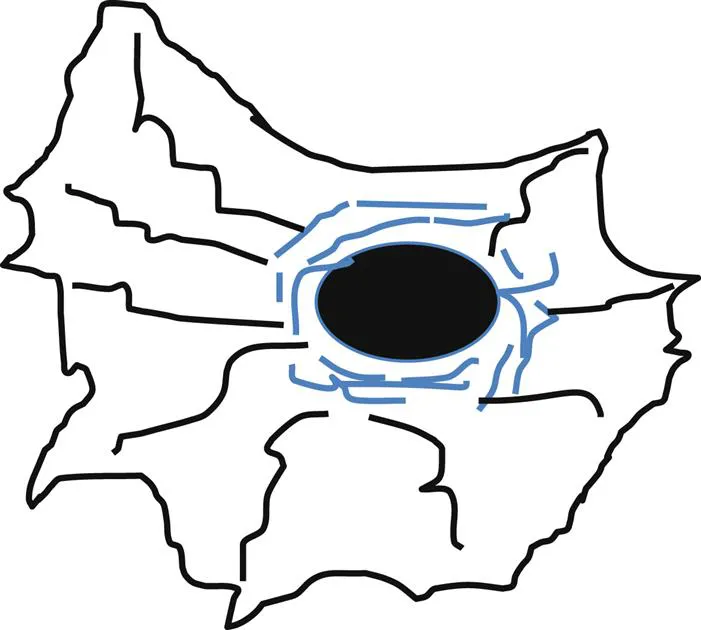
- 410 pages
- English
- ePUB (mobile friendly)
- Available on iOS & Android
About this book
Biomaterials: A Systems Approach to Engineering Concepts provides readers with a systems approach to biomaterials and materials engineering. By focusing on the mechanical needs of implants, disease states, and current clinical needs, readers are encouraged to design materials and systems targeted at specific conditions, and to identify the impact of their proposed solutions.This inventive text is a useful resource for researchers, students, and course providers of biomaterials and biomedical engineering.- Provides a fully comprehensive treatment relating to the construction and use of materials in medicine- Presents perspectives of disease states to encourage the design of materials and systems targeted at specific conditions- Defines current issues experienced by clinics to enable optimized engineering solutions
Frequently asked questions
- Essential is ideal for learners and professionals who enjoy exploring a wide range of subjects. Access the Essential Library with 800,000+ trusted titles and best-sellers across business, personal growth, and the humanities. Includes unlimited reading time and Standard Read Aloud voice.
- Complete: Perfect for advanced learners and researchers needing full, unrestricted access. Unlock 1.4M+ books across hundreds of subjects, including academic and specialized titles. The Complete Plan also includes advanced features like Premium Read Aloud and Research Assistant.
Please note we cannot support devices running on iOS 13 and Android 7 or earlier. Learn more about using the app.
Information
Cell Biology
Abstract
Keywords
1.1 Introduction
1.2 Cell Composition and Make-Up

1.2.1 The Nucleus

1.2.2 The Endoplasmic Reticulum, ER

1.2.3 Mitochondria

1.2.4 The Golgi Apparatus


Table of contents
- Cover image
- Title page
- Table of Contents
- Copyright
- Dedication
- Author Bio
- Preface
- Acknowledgments
- Chapter 1. Cell Biology
- Chapter 2. Cell Expression: Proteins and Their Characterization
- Chapter 3. Bones and Mineralized Tissues
- Chapter 4. Connective and Soft Tissues
- Chapter 5. Property Assessments of Tissues
- Chapter 6. Environmental Effects on Natural Tissues
- Chapter 7. Metallic Biomaterials
- Chapter 8. Ceramic Biomaterials
- Chapter 9. Polymeric Biomaterials
- Chapter 10. Nanomaterials and Phase Contrast Imaging Agents
- Chapter 11. Orthopedics
- Chapter 12. Neural Interventions
- Chapter 13. Cardiovascular Interventions
- Chapter 14. Artificial Organs
- Chapter 15. Special Topics: Assays Applied to Both Health and Sports
- Postface
- Index